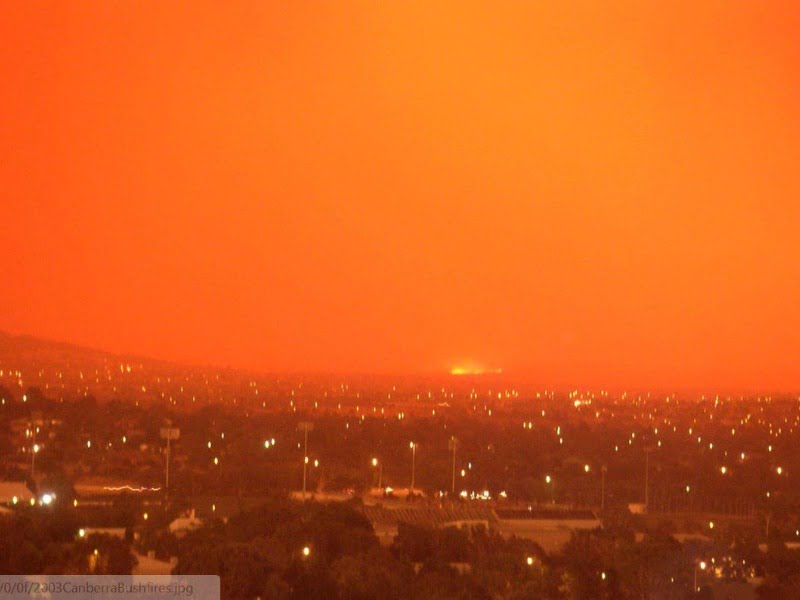A review will investigate the impact of bushfires on the nation’s communications infrastructure and a new national protocol for disaster management developed as Australia’s biggest telcos grapple with the ongoing crisis.
Communications Minister Paul Fletcher hosted a meeting of Australia’s biggest telcos, industry groups and emergency management organisations to discuss the telecommunications response to the bushfires, access to power and new initiatives to improve network resilience.
“While no telecommunications network is 100 per cent impervious to damage from natural disasters, Australians naturally want to be confident our communications networks are as resilient as possible during times of emergency,” Mr Fletcher said.

Communications Alliance chief executive John Stanton said the roundtable had been a useful exchange and expressed appreciation to “the firefighting agencies who did a lot to protect the infrastructure.”
“Inevitably this sort of widespread catastrophe throws up issues around communications and coordination,” Mr Stanton told InnovationAus.
The major telcos have asked for better information in the future about when power is likely to be restored at impacted sites, clarification around working with the ADF, and have sought to be added to legislation that would allow them priority access to fuel.
“Anytime they’re having to wait for fuel is time they can’t be spending restoring services or protecting assets,” Mr Stanton said.
The roundtable confirmed that ACMA, the Communications Alliance and AMTA will conduct an industry-wide review into the impact the bushfires on Australia’s telco networks, and how the operators responded during the crisis.
“We will take a stocktake of the infrastructure that was damaged and the path to restoration. It will look at shared experiences as well and try to draw lessons from those. We need to sit down and put more meat on those bones,” Mr Stanton said.
Communications Alliance will also lead the development of a national common operating model for telco disaster management, focusing on interactions with state government agencies.
Work began on the new disaster management protocol last year but was delayed by the bushfire crisis.
The roundtable also discussed a range of ways to improve the resiliency of the network, including better industry coordination of advice to residents in areas impacted by natural disasters, options for greater network redundancy to support critical services and whether there is a need for additional temporary facilities like Cells on Wheels.
Do you know more? Contact James Riley via Email.

